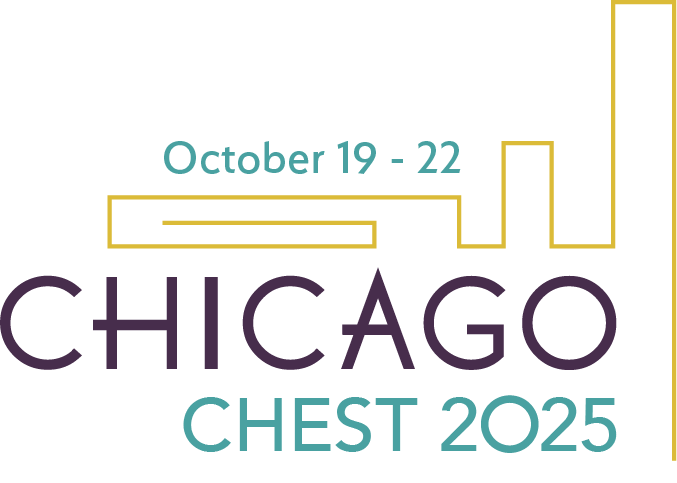
As we strive to provide personalized care to our patients, we can sometimes forget a very simple aspect of personalization: sex. Quite simply, the sex of a patient may change their care and, more importantly, their risk for adverse events.
Accounting for a patient’s sex and, by extension, height (as women are on average shorter than men) when considering invasive mechanical ventilation can inform personalized medicine in two key ways: endotracheal tube (ETT) selection and tidal volume selection.
Historically, “the largest tube which the larynx will comfortably accommodate” guided ETT selection. Over the years, clinicians have selected smaller ETT sizes, recognizing that overly large ETT size confers risk for tracheal stenosis and vocal cord damage. Generally, height is correlated with tracheal size, and this relationship is more predictable in men compared with women. Women generally have smaller tracheal diameter uniformly compared with men.
Women, particularly those under 160 cm, are more likely to be intubated with an inappropriately large ETT (OR = 13.58).1 Despite having no published guidelines on ETT selection, expert recommendations now suggest that 6.0 to 6.5 ETTs be used in shorter women, a 7.0 ETT be used in taller women or women of average height, and 7.0 to 7.5 ETTs be used in men of average height.

After intubation, selection of appropriate tidal volume is another opportunity for personalized medicine. Six to eight mL/kg of predicted body weight has been the standard for low-volume ventilation in ARDS and has been extrapolated for use in patients without ARDS. A retrospective, multicenter study of patients who were mechanically ventilated showed that low tidal volume ventilation adherence is variable, particularly among women shorter than 160 cm. This effect persists despite adjusting for height, suggesting that both sex and height are risk factors for nonadherence to low tidal volumes, with a synergistic effect if women are shorter than 160 cm.
Of note: The terms “women” and “men” have historically referred exclusively to cisgendered patients in clinical care and research. When considering care for transgender patients, it is recommended to use the sex assigned at birth, as this likely has the greatest effect on physiology of tracheal and lung size.
This summer offers a potent opportunity to teach new trainees good habits in being thoughtful about ETT selection and tidal volume selection, with consideration to height and sex. Small changes such as these offer risk reduction in adverse outcomes for our patients.
References
1. Cao AC, Rereddy S, Mirza N. Current practices in endotracheal tube size selection for adults. Laryngoscope. 2021;131(9):1967-1971. Preprint. Posted online October 29, 2020. PMID: 33118621. doi: 10.1002/lary.29192
2. Samanta RJ, Ercole A, Harris S, Summers C. Low tidal volume ventilation is poorly implemented for patients in North American and United Kingdom ICUs using electronic health records. Chest. 2024;165(2):333-347. Preprint. Published online September 27, 2023. doi:10.1016/j.chest.2023.09.021
3. Coordes A, Rademacher G, Knopke S, et al. Selection and placement of oral ventilation tubes based on tracheal morphometry. Laryngoscope. 2011;121(6):1225-1230. Preprint. Posted online May 6, 2011. doi: 10.1002/lary.21752
4. Weiss CH, Baker DW, Weiner S, et al. Low tidal volume ventilation use in acute respiratory distress syndrome. Crit Care Med. 2016;44(8):1515-1522. PMID: 27035237; PMCID: PMC4949102. doi: 10.1097/CCM.0000000000001710
5. Koshkareva Y, Gaughan JP, Soliman AMS. Risk factors for adult laryngotracheal stenosis: a review of 74 cases. Ann Otol Rhinol Laryngol. 2007;116(3):206-210. PMID: 17419525. doi: 10.1177/000348940711600308
6. Gelbard A, Francis DO, Sandulache VC, Simmons JC, Donovan DT, Ongkasuwan J. Causes and consequences of adult laryngotracheal stenosis. Laryngoscope. 2015;125(5):1137-1143. Preprint. Posted online October 7, 2014. PMID: 25290987; PMCID: PMC4562418. doi: 10.1002/lary.24956
